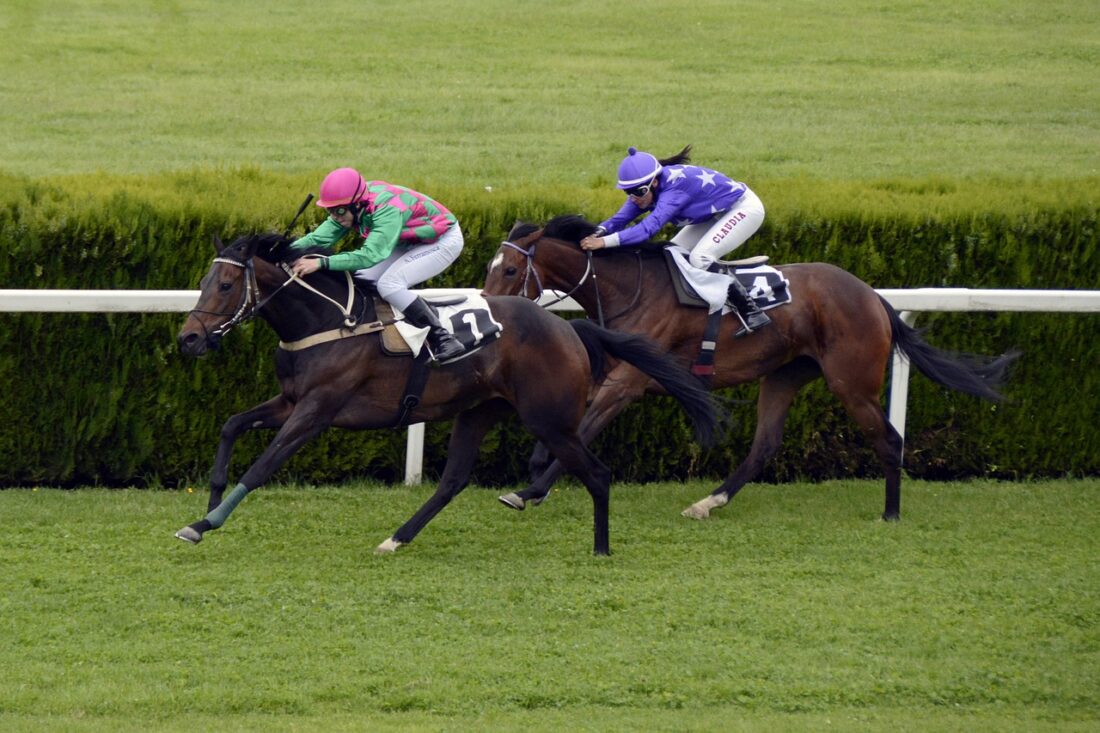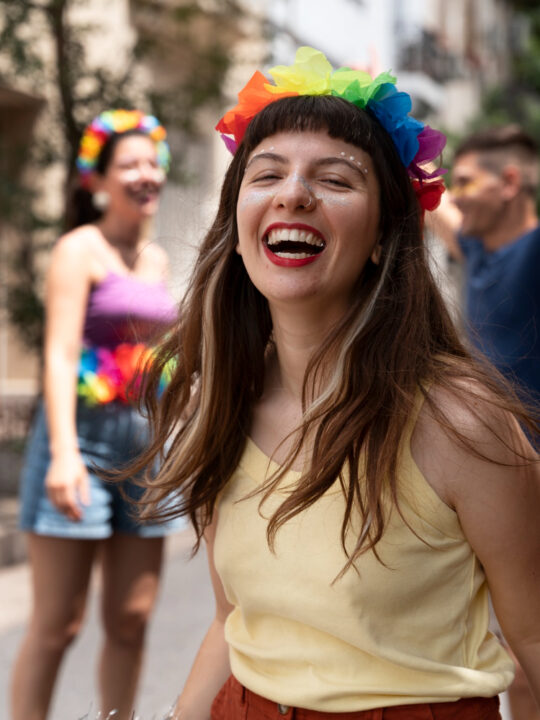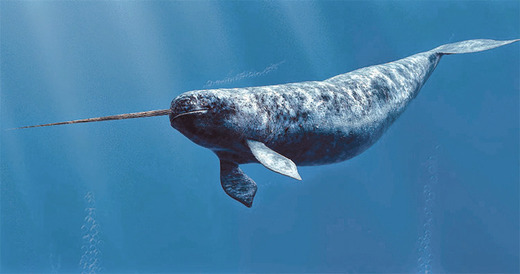 Believe it or not, horse racing has been around since ancient times. Rooted in mythology, archeological records show that an early form of the sport, chariot racing, was practiced in Ancient Rome, Ancient Greece and Egypt.
Believe it or not, horse racing has been around since ancient times. Rooted in mythology, archeological records show that an early form of the sport, chariot racing, was practiced in Ancient Rome, Ancient Greece and Egypt.
Fast-forward to the 18th century, horse racing became well-established and only continued to grow in popularity from there. In fact, King Charles II was renowned for his love of horse racing and made Newmarket famous for the past time.
In 1750, the Jockey Club was founded in order to control the Newmarket races which promised small cash prizes for winners. This marked the modern era of racing with the establishment of the following British races: the St. Leger in 1776, the Oaks in 1779 and the Derby in 1780.
Below, we examine how horse racing has evolved over time from the introduction of the photo finish to finally welcoming female jockeys to the sport.
Table of Contents
Horse racing is now open to everyone
One dubbed the ‘Sport of Kings’, horse racing was strictly a sport for the wealthy back in the early 1920s with aristocrats and members of the royal family sitting in the stands.
Now, the sport is open to all no matter where you are in the world whether you choose to watch from the racetrack or on television.
There are now women jockeys
Horse racing began as a gender-specific sport as it was only open to male jockeys. In a historic move, Diane Crump became the first woman to compete as a professional jockey in 1970.
The then 21-year-old famously rose in the Kentucky Derby with a 5,000 heavy crowd cheering her on. After her debut ride, more women were able to race.
According to Mark Shrager, the author of biography ‘A Horse-Racing Pioneer’s Life in the Saddle’, 10 women had gone on to win horse races by 1970.
How betting has changed over the years
Without a doubt, one of the biggest changes to horse racing is the evolution of betting. In the 1920s, spectators began to place bets but it was purely down to guesswork and luck.
With advancements in technology and the introduction of the internet, there are now a wide range of betting options from using apps with bookmakers like Palmerbet.
The types of bets you can place have changed over time too. In the early days, you could only place three bets: win, place and show.
Now, there is exotic wagering on offer. The first forms of this were the daily double and exacta. The double was traditionally available on the first two races of the day and for your bet to win, you must correctly choose which horse will finish first and second in the correct order.
The vertical bet requires punters to predict the first two horses to finish a race. Other examples of exotic wagering now include the exacta, quinella and trifecta.
How racing equipment has evolved over time
Horse racing equipment has greatly improved over time. Nylon bridles and buttery soft leather has replaced traditional strips and blankets while saddles are now lighter.
Not only are the horses more comfortable but it means jockeys also have a lower risk of getting injured.
How the safety of horse racing has improved
Parallel with the modernisation of horsing equipment, the safety of horses and riders has become top priority. Now, there are bright colours on fences to help horses to jump them thus reducing the number of accidents.
Technology has also helped to safeguard those involved in the sport, as a horse overheating can pose a huge health risk. Using thermal imaging cameras, vets can now check the temperature of horses after each race and can try to cool them down if necessary.
Other key developments in veterinary science include the use of x-ray machinery, MRI scanners and endoscopes to help diagnose and treat injuries or conditions as quickly as possible.
The history of the photo finish
The first documented photo finish at a horse race took place in 1881. The famous photograph was taken by Ernest Marks at a track in New Jersey, United States. But the horizontal shutters weren’t accurate enough, leading to confusion over who crossed the line first.
In 1937, Lorenzo del Riccio developed the ‘strip camera’ which used a single vertical slit. The sound and colour engineer based in California managed to perfect the camera to ensure it showed several different points in time at a fixed location. The invention was first trialled at a horse race in California.
Horse racing is now a data-driven sport
With advancements in technology, pundits and trainers can now use weather apps, websites and tracking equipment to determine conditions.
This may include checking the distance and shape of the track, both of which can help to predict race outcomes.
Horse race betting is now incredibly popular with people from all different walks of life with up-to-date information at our fingertips. Palmerbet is one of Australia’s leading online bookmakers. Visit their website for the latest expert betting and field tips.







